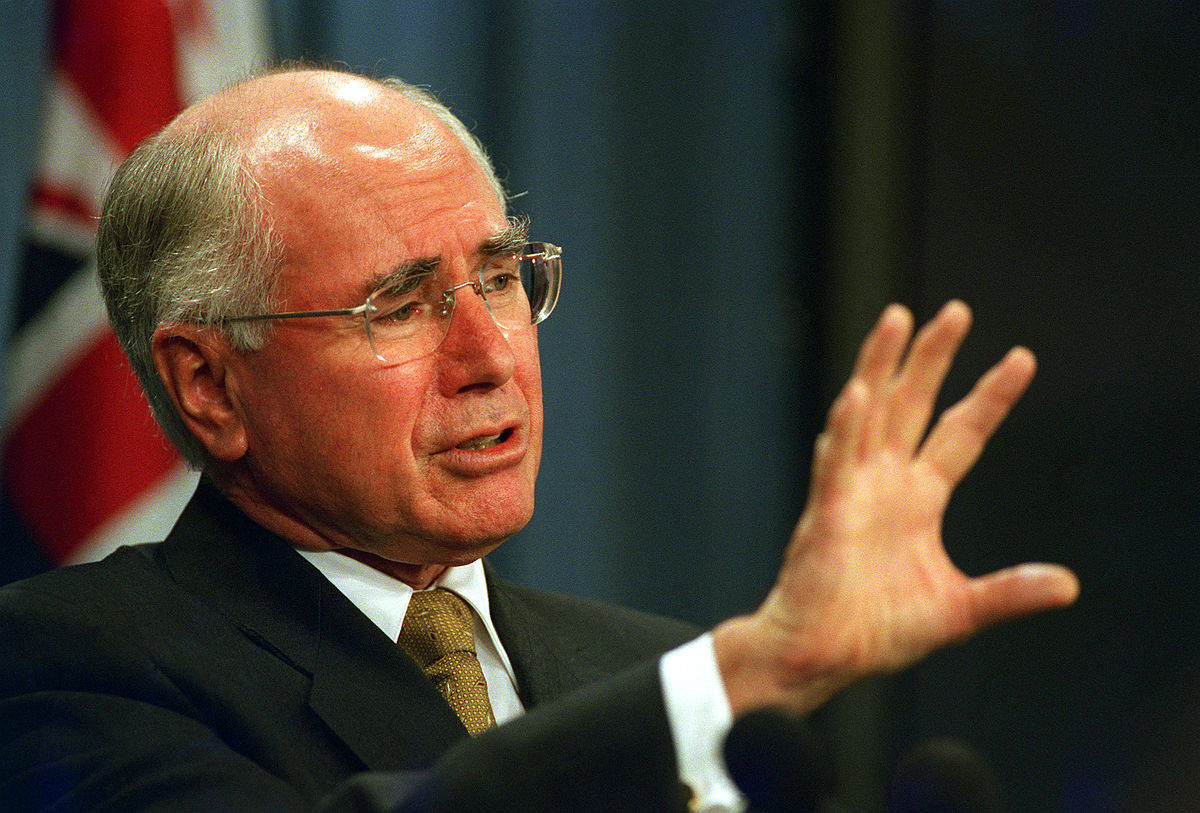On her first visit to Suva in May 2022, newly elected Australian Foreign Minister Penny Wong pledged close cooperation with Pacific Island nations on climate policy.
“We will listen,” she said. “We will hear you – your ideas for how we can face our shared challenges and achieve our shared aspirations together.”
Today, “listening” is a bipartisan message from Canberra. Opposition foreign affairs spokesman Simon Birmingham sang the same song as he travelled to the Pacific with Senator Wong on a joint parliamentary mission last month.
“It is critical for us to . . .
Please Subscribe to view full content...
